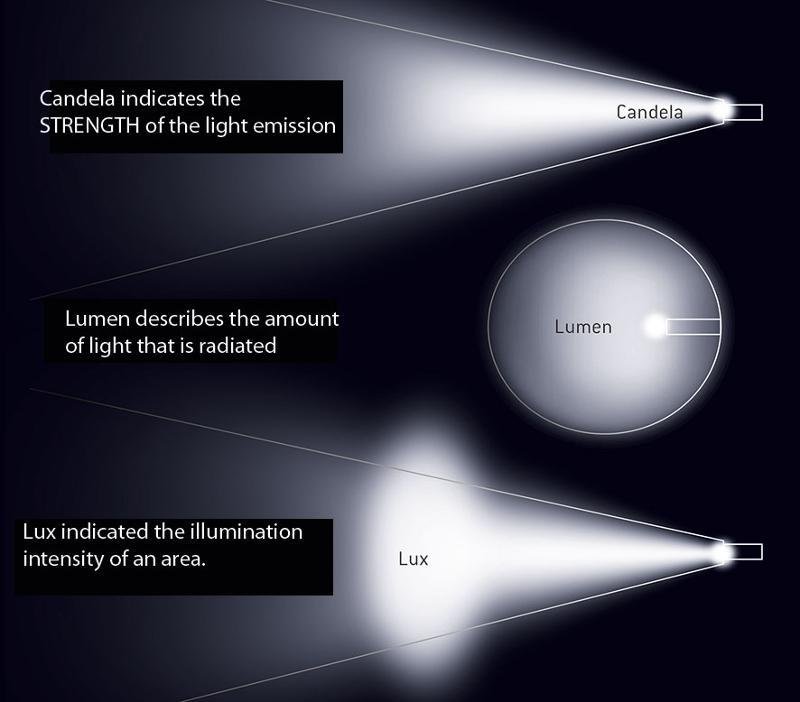LUX is a brightness measurement unit that represents the quantity of light (luminous flux, in lumen, explained below) that is received (illuminance) by a surface and expressed in lumen per square meter, or lm/m2.
1 LUX = 1 Lumen / m2
For photography purposes, we can set the sensor right in front of the subject and measure the LUX number at that point. For instance, if we say that it is a photo that was shot at 0.5 LUX, it means that we measured 0.5 LUX right where the subject was.
The luminous flux is similar to a quantity of (light) energy, and if you spread it over a larger surface area, the light will become dimmer. For instance, if a luminous flux of 1000 lumens is spread across 1 square meter, that’s 1000 LUX. If 1000 lumens is spread across 10 square meters, that’s 100 LUX
This is why light becomes dimmer as you measure it farther away from the light source. The initial light energy is spread to an ever-larger area and becomes dimmer. In the same way, if you get very close to even a candle, the brightness will increase.
The table below gives a rough idea of LUX values that would be measured in different situations

What is Lumen (and Candela)
Lumen is a measure of how much light is emitted (luminance, luminous flux) by an object. Lumen is commonly used in the context of light bulbs or video-projectors as a metric for their brightness power.
The luminance is also expressed in Candela per square-meter, or cd/m2. Lumen is not to be confused with LUX, which measures how much light is received (illuminance) by a surface.
The Lumen is defined from the Candella, a topic that we covered for the first 1000 NITs smartphone, the LG G7.
Candella is a very old brightness metric that is based on “whale oil candles.” 1 Candella is the light emitted by one such candle, which was “standard” at the time.
Today, we have a much more scientific and complex definitions of a Candell, but for a basic understanding, the description above is sufficient. If you want to dig, check the Lumen page of Wikipedia.
Conclusion
A significant difference between these brightness units is whether or not we’re trying to measure light is that received(illuminance) by an object or emitted (luminance) by an object.
Candela (cd/m2) measure how bright a light source is.
LUX measures how much light is received.

